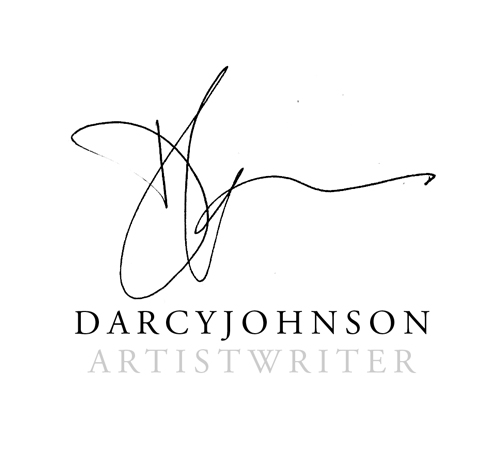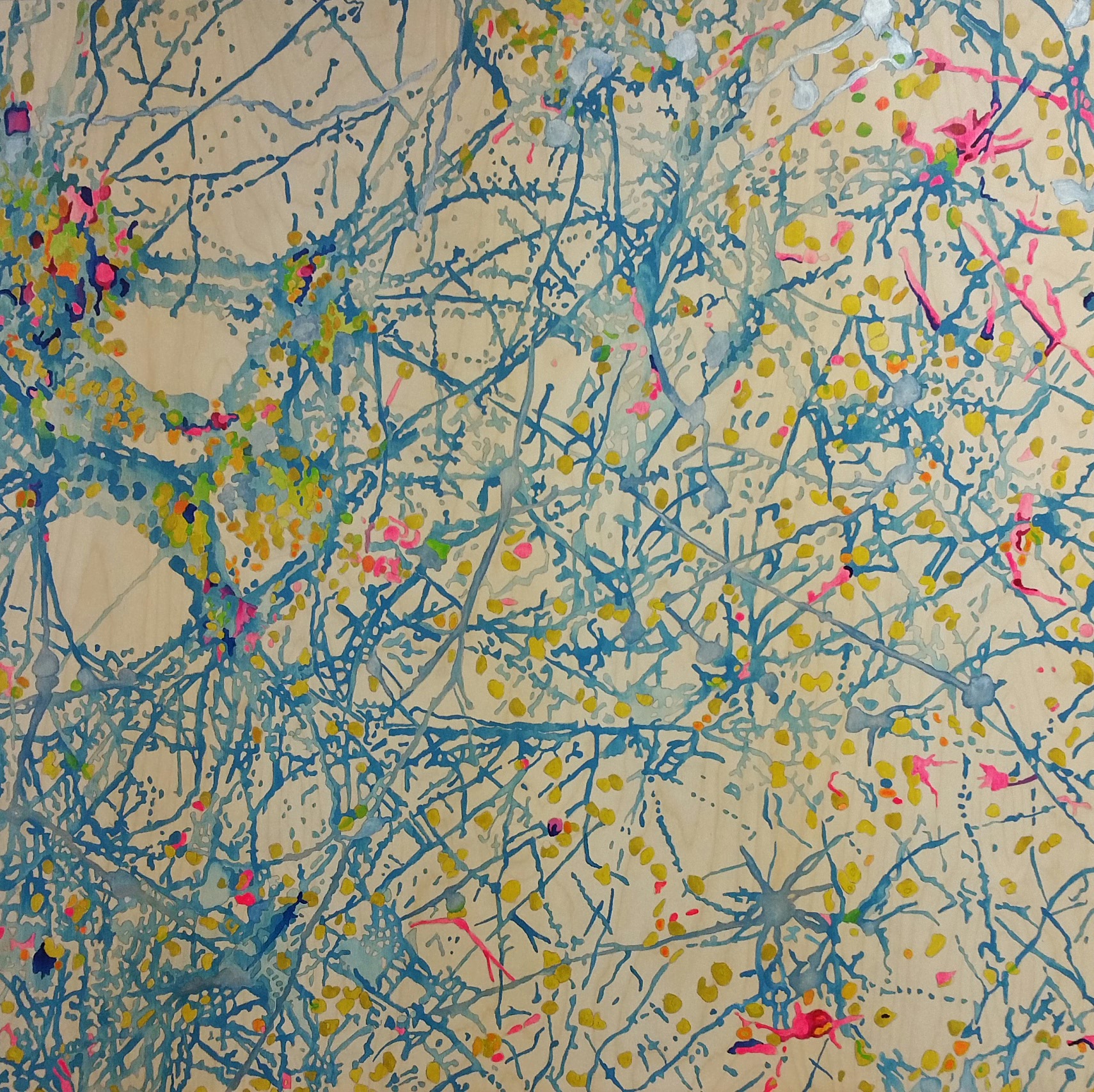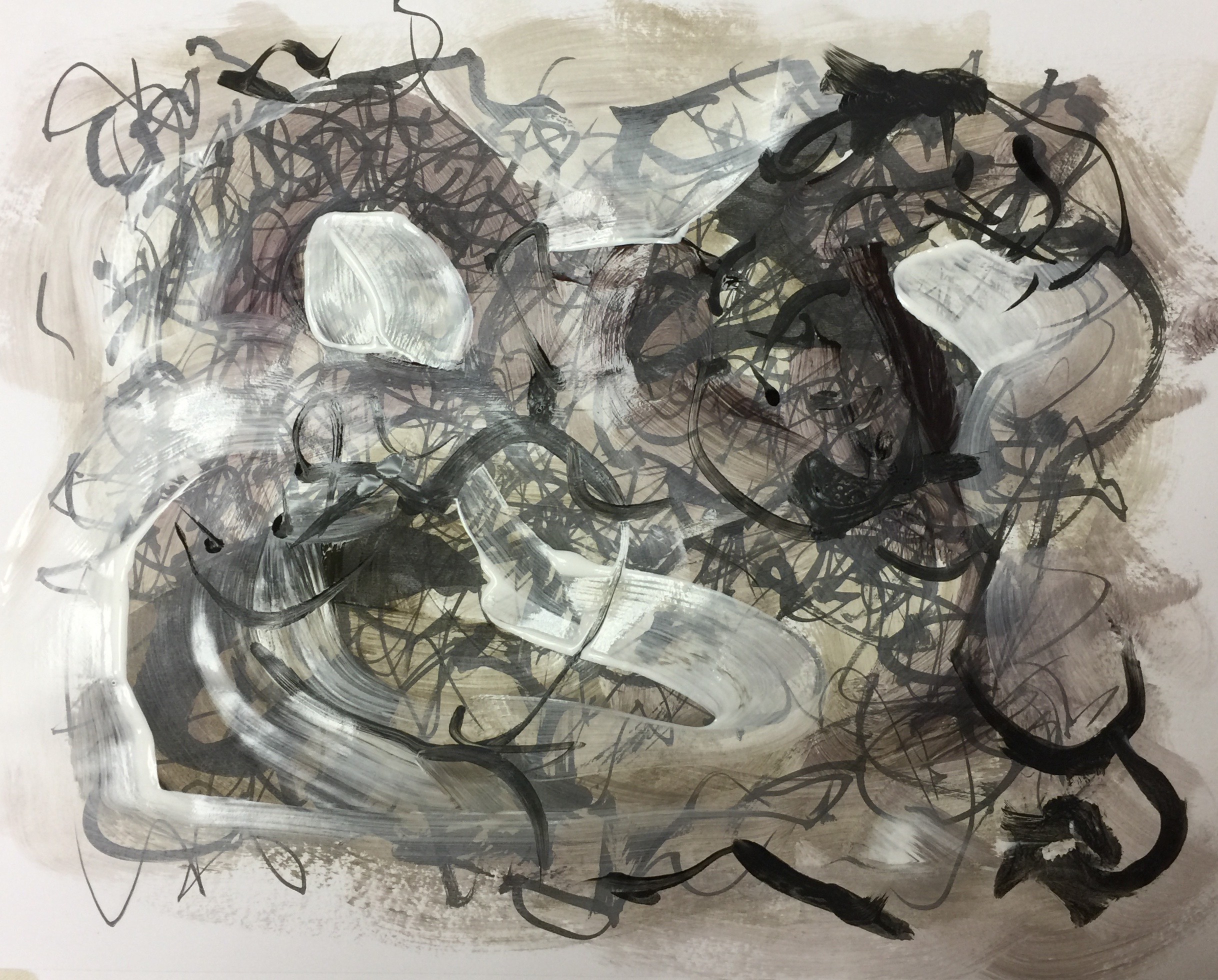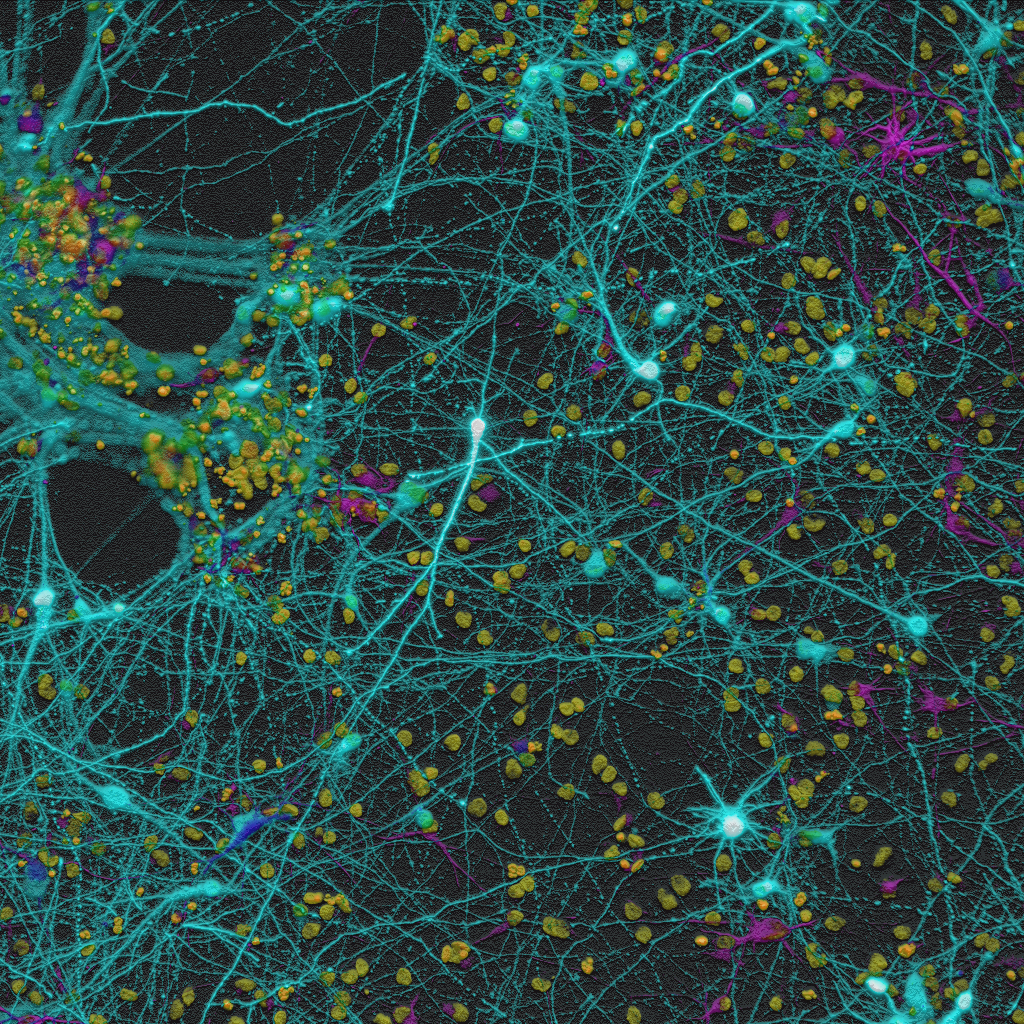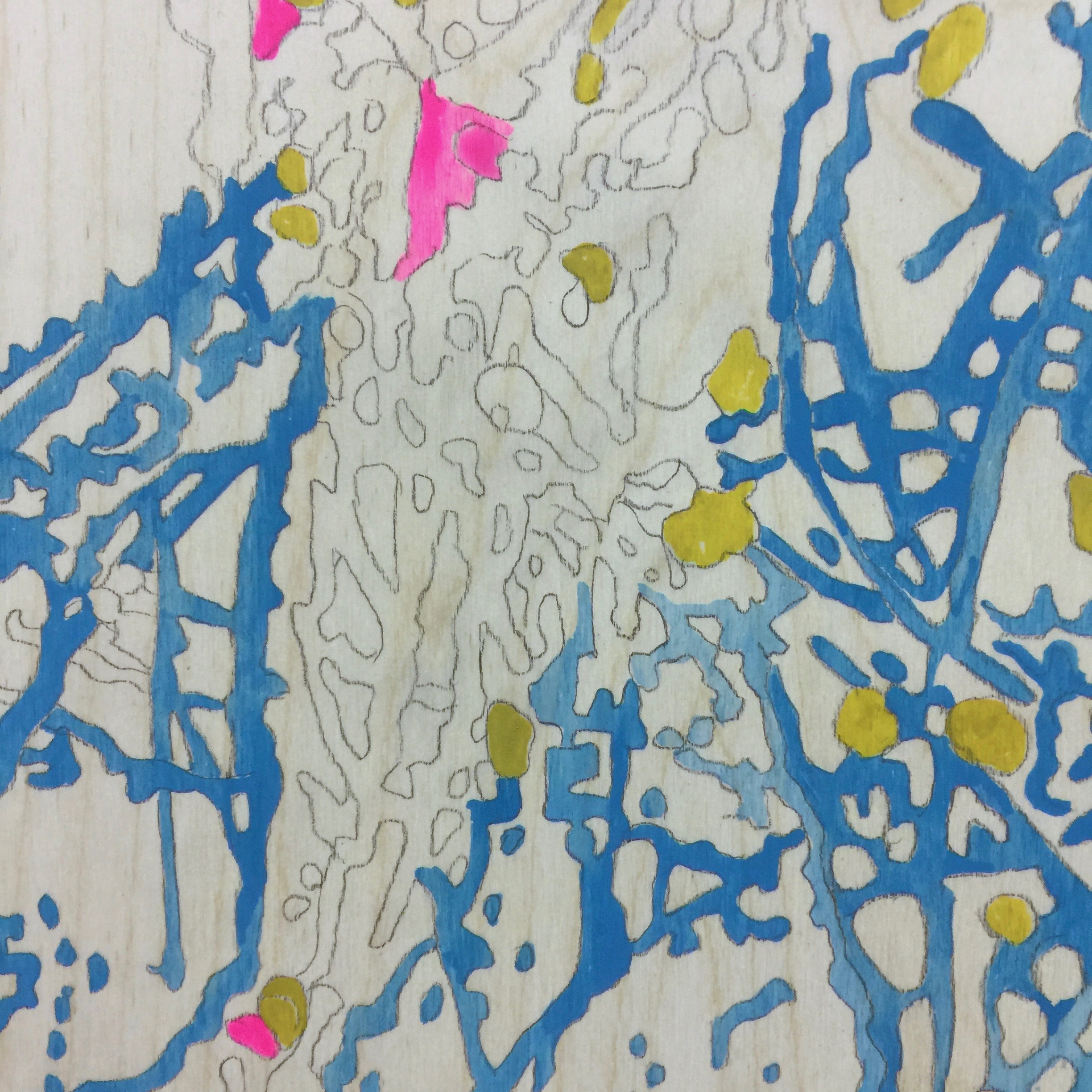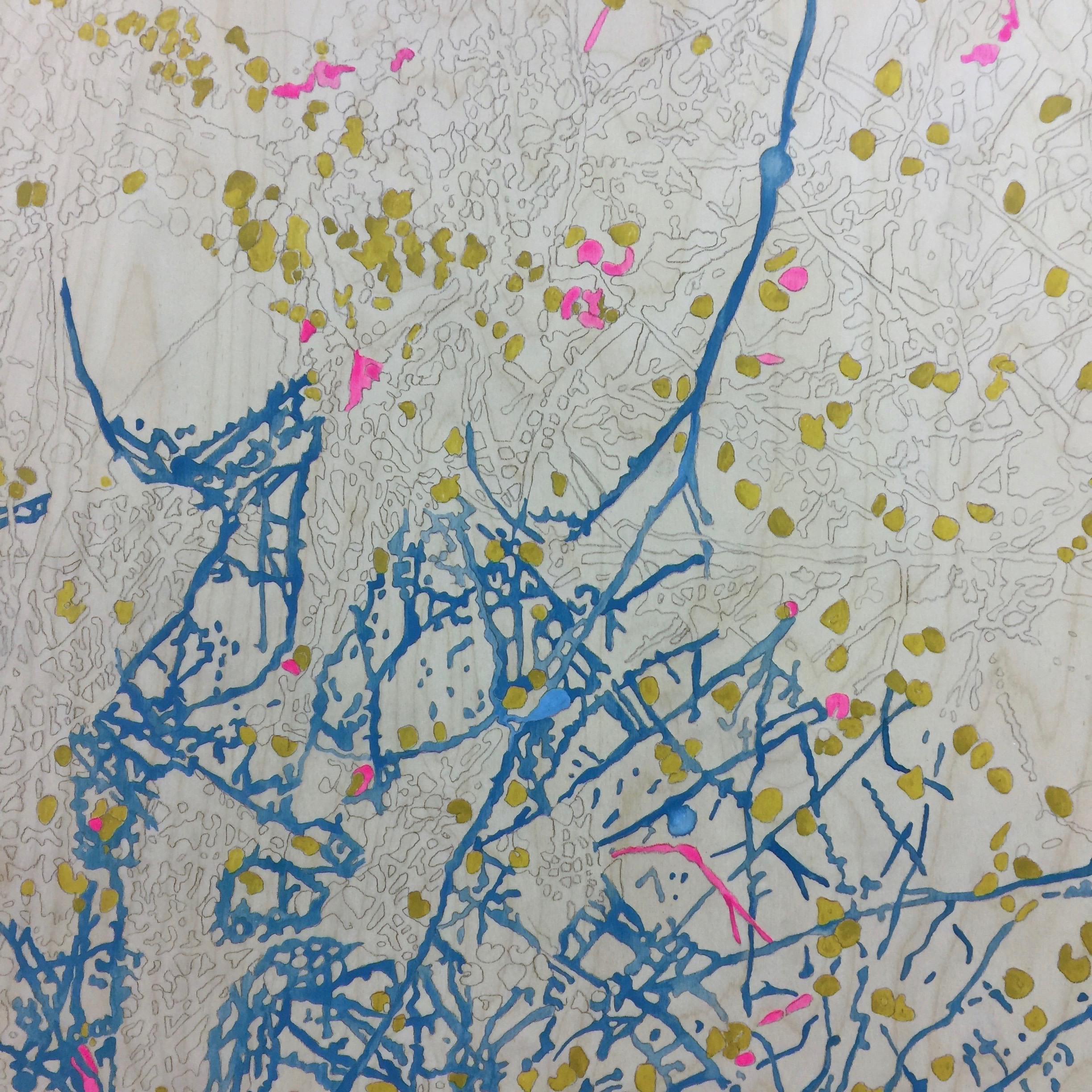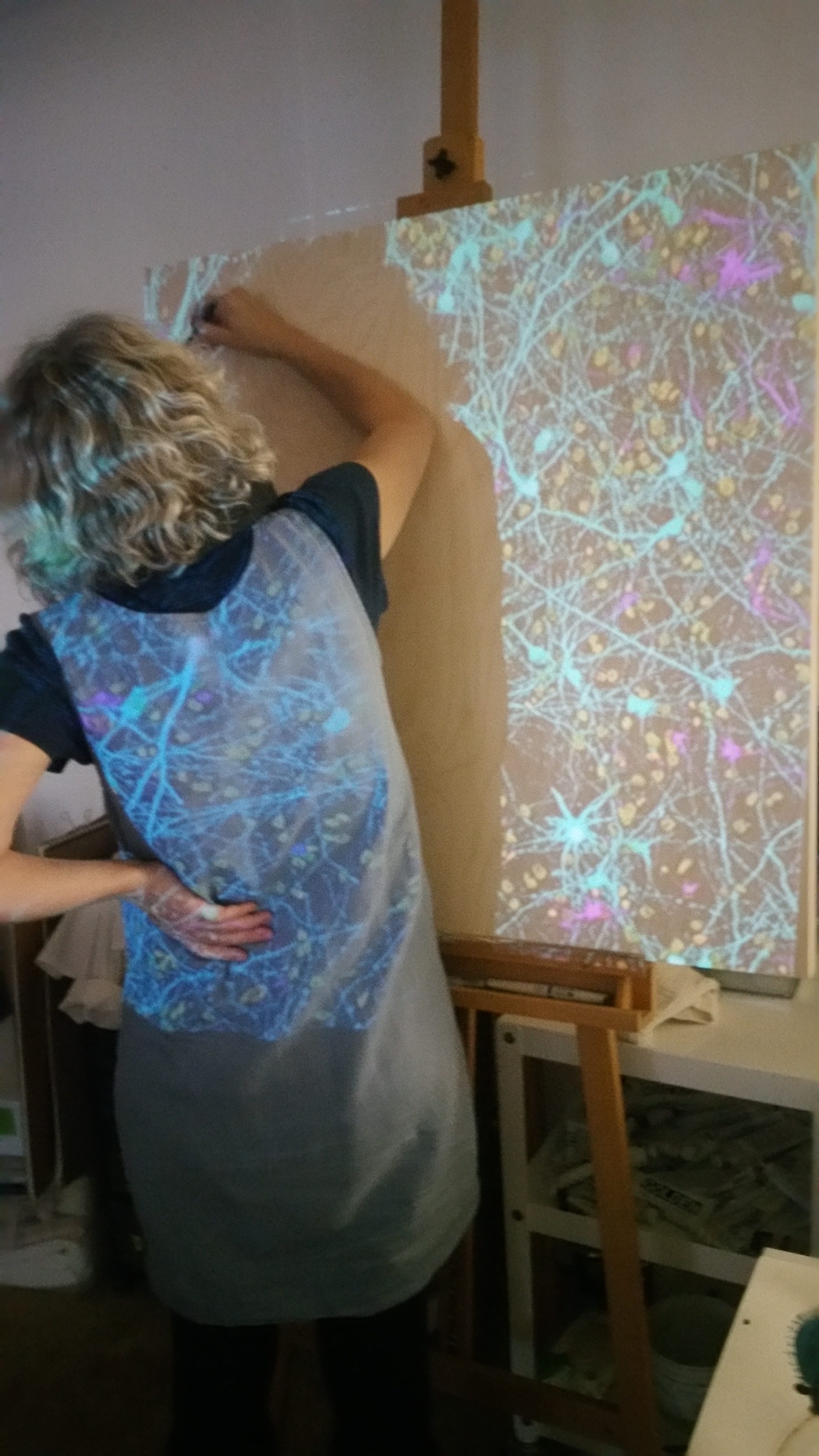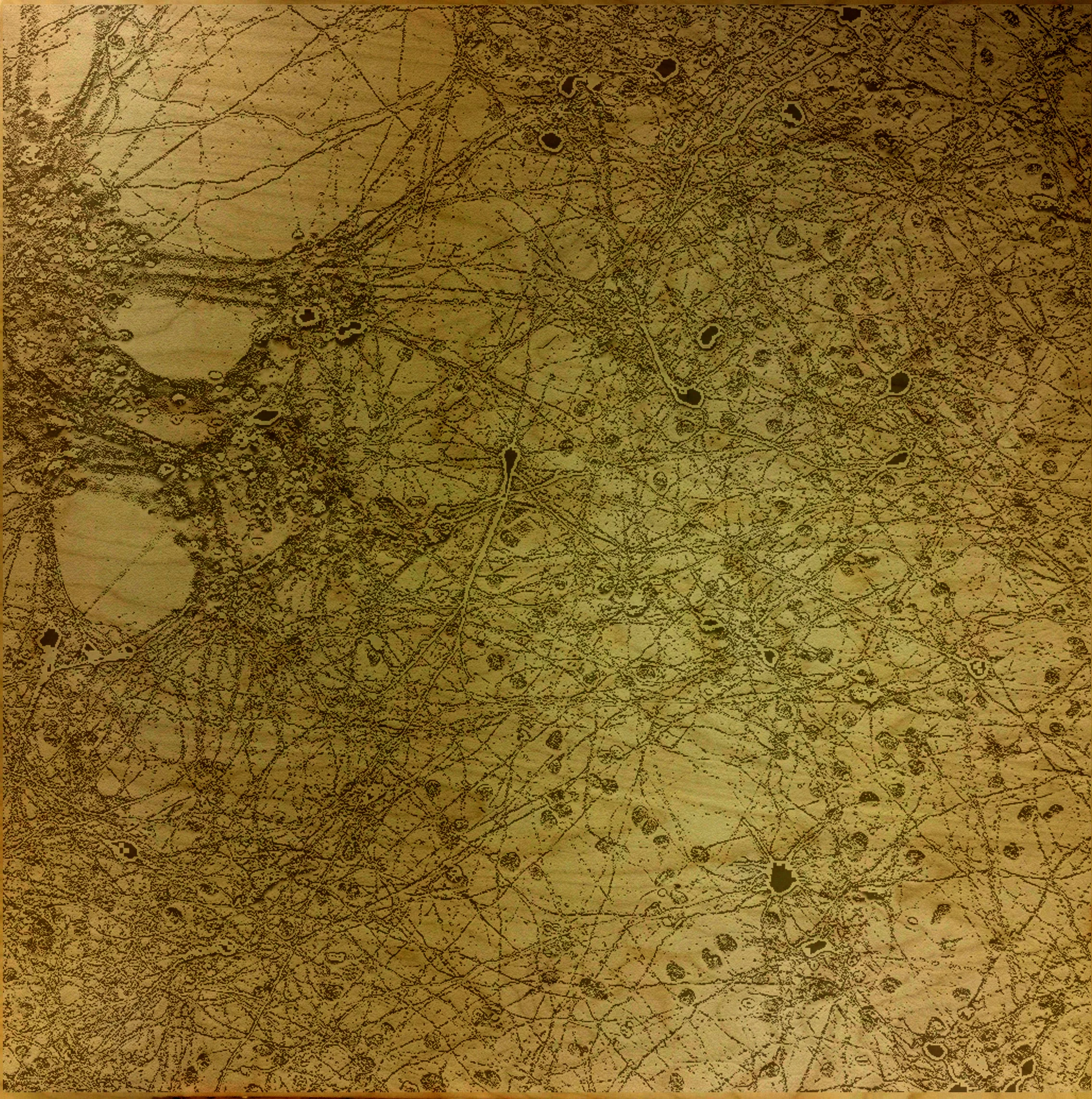SciArt Centre Residency Final Blog Post, Feb 1, 2019
This residency has been inspiring and artistically productive for me. In broadening my understanding of SciArt, it has pushed me to explore and redefine the connections my art practice has with my love of science. I have thoroughly enjoyed working with Yana and we are already planning another project together. There are endless avenues we could pursue together with neuroscience images and their expression in visual art.
During this residency I have wandered through some great books, some for the second time such as Ernst Gombrich (“The Story of Art”), that I have been reading on and off for years. Relatively recently I have come across, Eric Kandel (“The Age of Insight”, “Reductionism in Art”) and Robert Sapolsky (“Behave”). My last two reads were the rediscovery of Alexander Von Humbolt in the passionate voice of Andrea Wulf (“The Invention of Nature”) and then, “The Age of Genius” by a favourite author, AC Grayling. All of these brilliant writers and many more have influenced my ideas and found their way into my own writing repeatedly.
Then there are the artists, who I don’t refer to as often in this blog series because I was really grappling with how science and art inform each other in the less obvious ways. However, they need to be mentioned here too. How can I choose, there are so many...Ernst Haeckel, Paul Klee, Joan Miro, Picasso, Franz Kline, Brice Marden, Mark Tobey, Joseph Beuys, Cy Twombly, Arnulf Rainier, Richard Serra, Eva Hesse, Sol LeWitt, Lee Bontecou, Frank Stella, Thomas Muller, Gerhard Richter, Julie Mehretu and, and, and…
The truly interesting thing is to try to remember what my thoughts looked like before my encounters with the rich worlds of science, art, and ideas. Impossible, even though I “feel” like the same person I was at 16 years old or even 10. The intricate reordering of the mind that happens when we corroborate our world-views with others is so pervasive that it is impossible to tease apart. This is a collective understanding that emerges from our social nature, our ability to learn from and influence each other. I value this above everything. It is the hope for the future. To be clearer in our understanding of ourselves, our species and the gorgeous complex living plant to which we are completely connected and dependent.
This residency has fulfilled many of these desires and concerns. Yana is an accomplished neuroscientist with the rigorous mind of a scientist and also practicing in the more nuanced inquiry of art. Our collaboration has brought up ideas I have not thought of before and a rich body of imagery that Yana has provided in her microscopy work. The most recent images she has shared with me show cancer cell membrane markers. When I have time to get back into my studio, I want to play with all of the ideas these images inspire.
“Cancer Cell markers”, by Yana Zorina, microscopy
In conclusion, I want to mention that none of the artists I have listed above except Ernst Haeckel do SciArt. I think this is because I look for artists that express the most fundamental desire to understand human perception and our expression of the unique yet still collective internal worlds we all possess. This residency has encouraged me to look deeper into the SciArt community for ideas and understanding about the highly varied work that comes out of this burgeoning field of art. Thank you all for this experience.
“Under the Lens” by Darcy Elise Johnson, graphite and acrylic ink on wood, 8” X 8”
